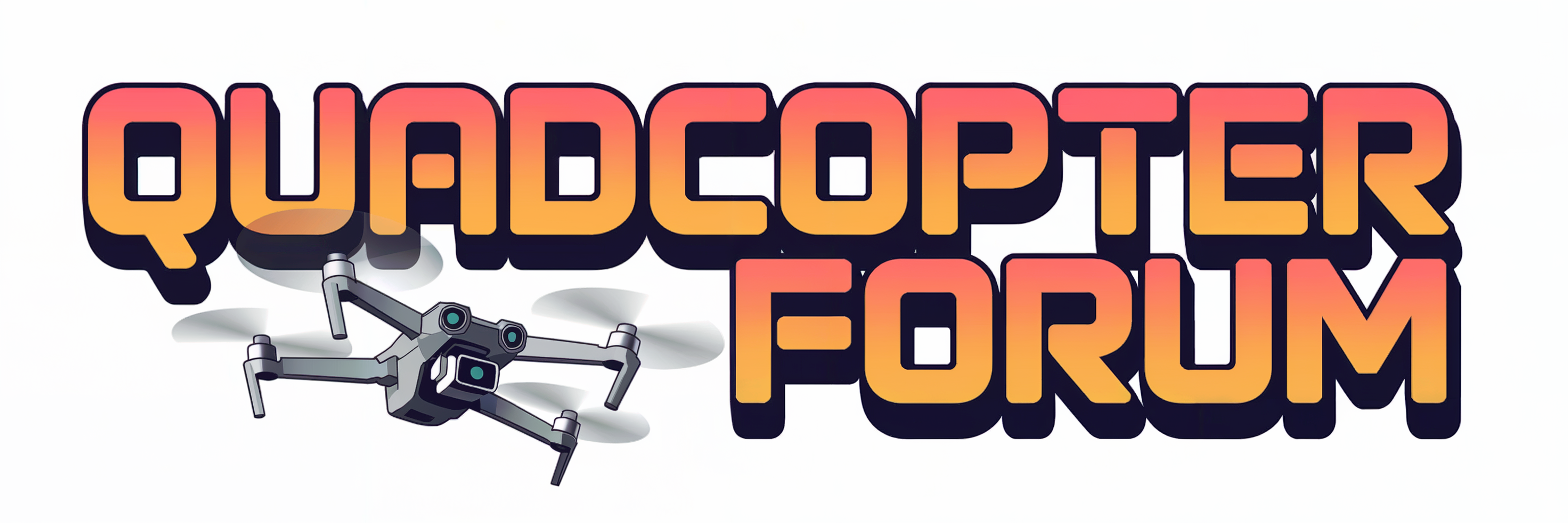Hey Guys,
Me and a couple of friends built an Arducopter and we have been able to fly it, but we want to be able to program it to fly autonomously and perhaps integrate sensors to it too.
Is that possible? If so, can you please post some useful information and links? We know that the APM is Arduino based and we would really like some instruction on what ports to use to program it and generally what we might need to do.
Thanks.
Me and a couple of friends built an Arducopter and we have been able to fly it, but we want to be able to program it to fly autonomously and perhaps integrate sensors to it too.
Is that possible? If so, can you please post some useful information and links? We know that the APM is Arduino based and we would really like some instruction on what ports to use to program it and generally what we might need to do.
Thanks.
